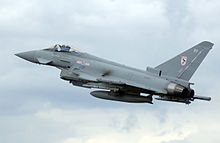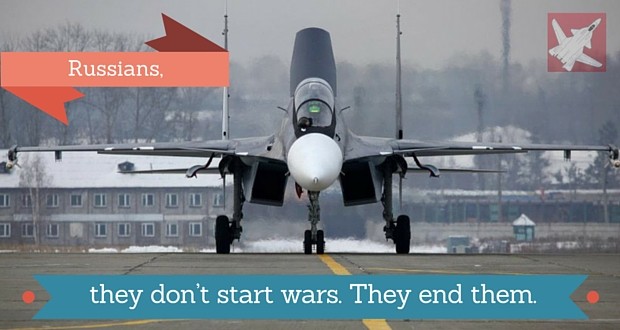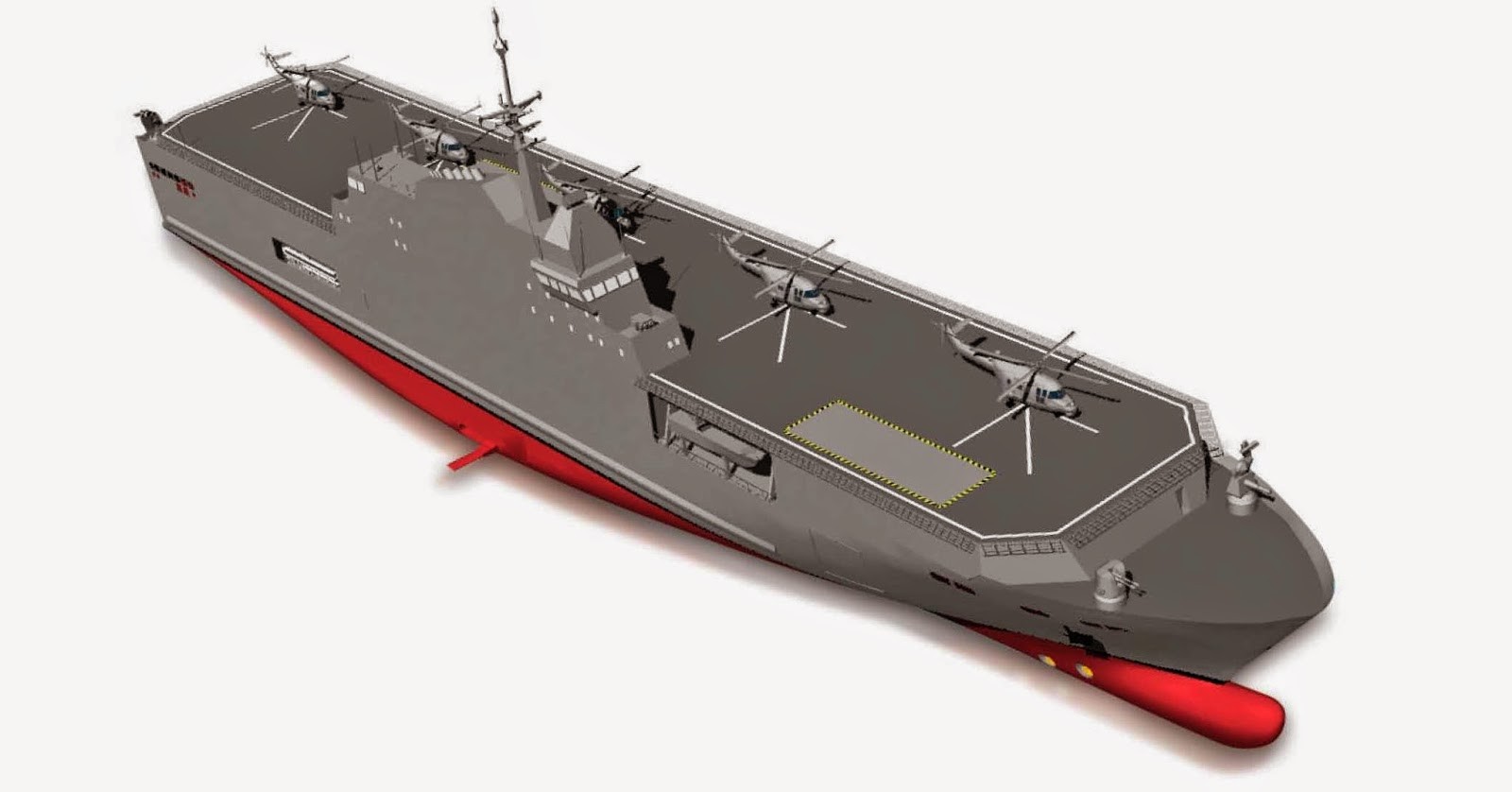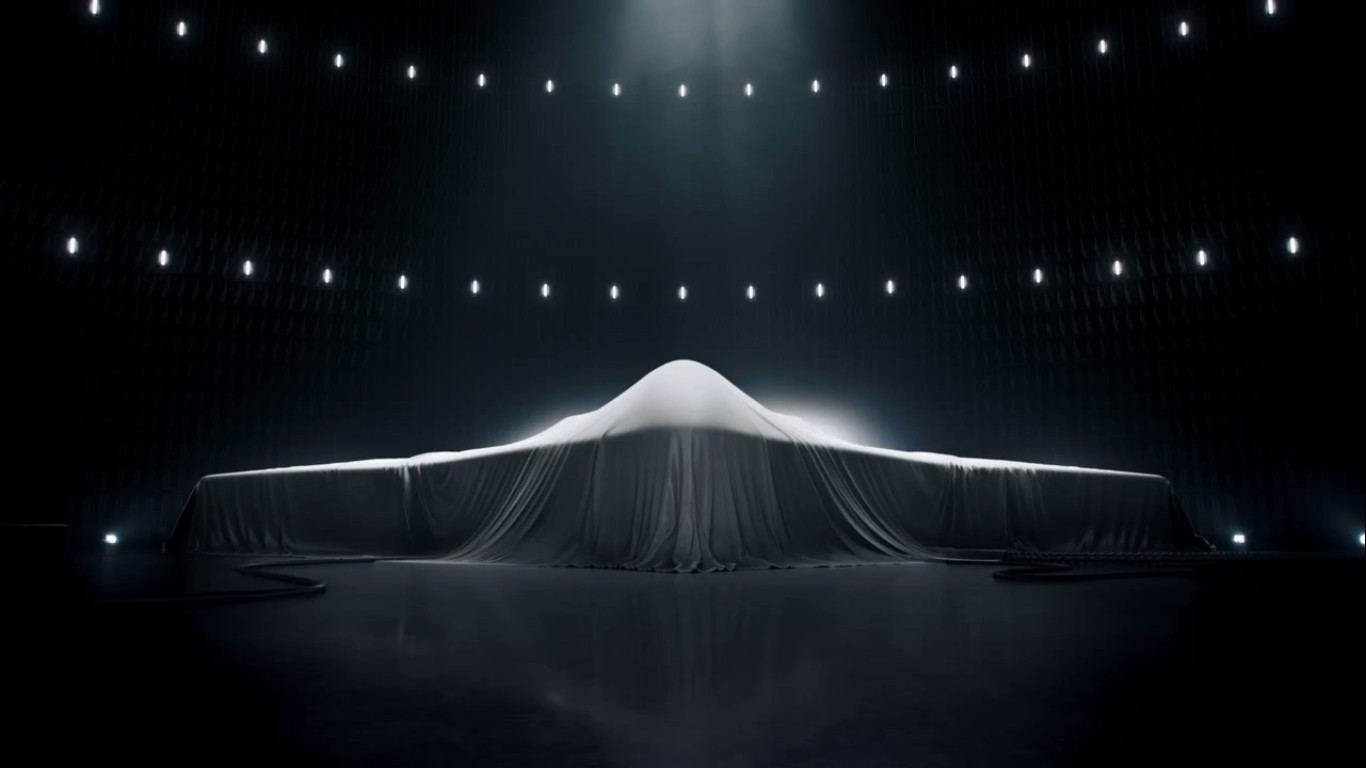 Supercruise is the ability of a aircraft to go supersonic without the use of afterburners. Afterburners, which most military aircraft use to travel at supersonic speeds, are very inefficient compared to conventional jet engine operation due to the low pressures typically found in the exhaust section. Therefore, in general, an aircraft which can supercruise has greater endurance at supersonic speeds than one which cannot.
Supercruise is the ability of a aircraft to go supersonic without the use of afterburners. Afterburners, which most military aircraft use to travel at supersonic speeds, are very inefficient compared to conventional jet engine operation due to the low pressures typically found in the exhaust section. Therefore, in general, an aircraft which can supercruise has greater endurance at supersonic speeds than one which cannot.
Furthermore, without a requirement to carry such a large quantity of fuel, a supercruise-capable aircraft can have a more favourable fuel fraction, the proportion of the plane’s overall mass which is devoted to fuel. For military aircraft, the F-22 Raptor and Eurofighter Typhoon’s supercruise capabilities are touted as a major performance advantage over other fighters.
Even so, supercruising uses much more fuel to travel the same distance than at subsonic speeds: The Air Force Association estimates that use of supercruise for a 100-nautical-mile (190 km) dash as part of a mission would cut the F-22?s combat radius from about 600 to about 450 nautical miles (830 km). However, this is still unconfirmed as the altitude and flight profile are classified (as are most of the F-22A’s capabilities).
There is no way to compare this with other aircraft; however, most aircraft using afterburner to fly at supersonic speeds will have exhausted their fuel supplies very rapidly. The F-22A Raptor has demonstrated supercruise speeds of at least Mach 1.58, a difference of 320 knots (593 km/h) indicated airspeed (KIAS) at 40,000 ft (12,000 m).
Supercruise in militarily significant parlance is meant to imply a significant increase in effective combat speed with a full weapons load over existing types. Virtually all current and past jet fighters, prior to the F-22, cruise at approximately Mach 0.8~0.9 with a militarily significant weapons load. The Raptor, and the Eurofighter Typhoon, represent a significant advance in cruise speed over existing types.



